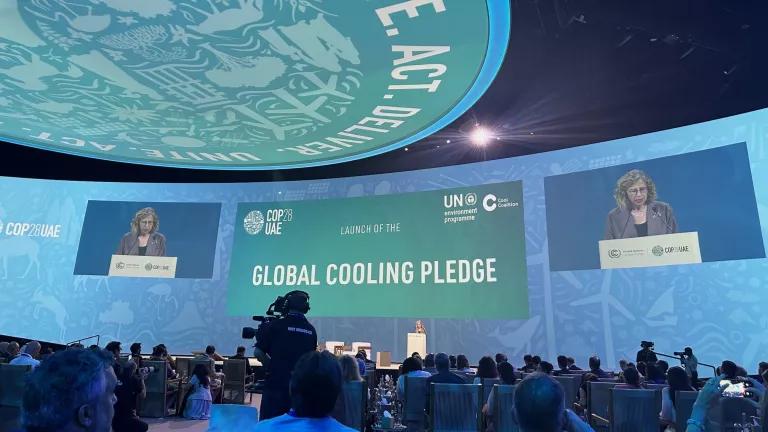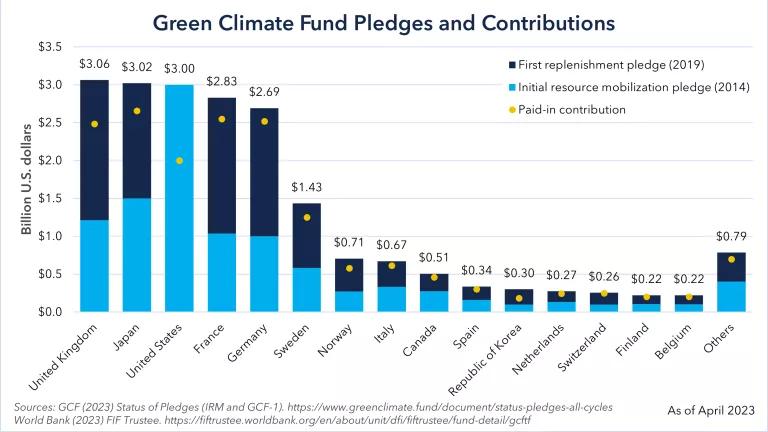What Does Climate Adaptation Look Like?
Climate adaptation is a clear-eyed recognition that the climate crisis is here, and that we can’t keep doing things the way we’ve always done.
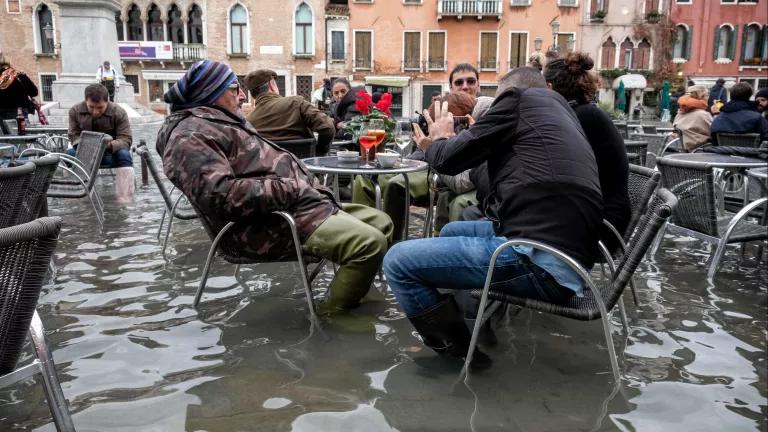
November 2019 flooding in Venice, Italy
Great question!
Climate adaptation encompasses a wide array of actions that help people and nature cope with the present-day harms of climate disruption and minimize future harms. Ideally, adaptation allows us to move beyond just surviving the climate crisis to thriving in a fundamentally new world.
To thrive in a climate-changed world, humans must do something that doesn’t come naturally: Plan for an uncertain and potentially unrecognizable future. All the systems and practices we depend on—from how to grow crops, to how to keep the lights on—revolve around lessons acquired through the accumulation of historical data and knowledge. Climate adaptation requires us both to respond to how things have already changed, and ask “what if?” and “how bad?” in anticipation of conditions well outside humanity’s collective experience.
Climate adaptation is about accepting reality
One misconception about climate adaptation is that it’s admitting defeat. Taking steps to address our current (and future) climate reality is no more defeatist than treating the symptoms of a viral illness or repairing a broken car. Extreme heat is killing people now. Coastal residents are losing value on their homes because of sea level rise now. Species are going extinct now.
Adaptation is a clear-eyed recognition that the climate crisis is here, and that we can’t keep doing things the way we’ve always done.
However, it’s important to recognize that adaptation is not a substitute for eliminating the pollution causing climate change. We must do both. In fact, many adaptation measures will no longer be effective or practical if global warming continues at its current rate. To get the biggest bang for our buck, we should be seeking solutions that both reduce emissions and increase our resilience to climate disruption.
Climate adaptation is more than just seawalls or <insert your favorite infrastructure here>
Some of the most high-profile climate adaptation efforts to date have been in coastal communities. That’s partly because of the eye-popping price tags of massive infrastructure projects such as seawalls and elevated roads.
There’s no question that we need climate-resilient infrastructure. But climate adaptation is also about strengthening our social foundations with things like more affordable health care, accessible job training programs, and robust voluntary relocation programs that allow communities to stick together and stay safe during and after climate disasters.
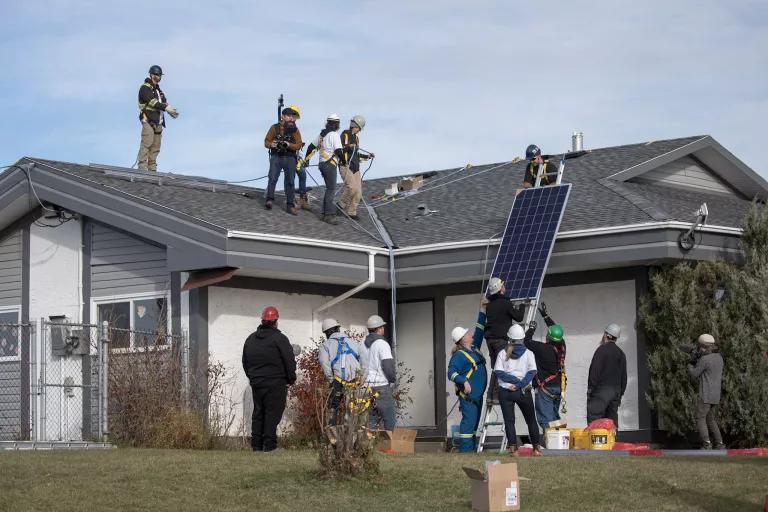
Tar sands workers and members of the Louis Bull Tribe take part in a solar job training program
Climate adaptation, done well, is a commitment to equity
Climate disruption hurts low-income communities and communities of color first and worst. That’s because the health and economic harms caused by extreme heat and storms, worsening air quality, and other manifestations of climate change layer on societal inequities such as the redlining—the racist housing practice which has made generations of residents more vulnerable to extreme heat—and the inequitable distribution of post-disaster aid.
Failing to invest in adaptation leaves the most climate change-vulnerable among us even further behind. But to ensure that adaptation measures are equitable and not creating harmful unintended consequences, communities must have the agency to identify their own priorities and meaningfully engage in processes to develop solutions.
Climate adaptation is an iterative process
You don’t have to consume much media coverage of the climate crisis to encounter the idea of “the new normal.” The phrase suggests that although our climate has deteriorated, it has moved into a new steady state.
Nothing could be further from the truth. We have much more change and deterioration ahead, in part because nations are moving too slowly on climate action. Carbon dioxide and other forms of climate-warming pollution also stay in our atmosphere for hundreds to thousands of years, meaning the legacy of century-old emissions will be with us for a long time to come.
Furthermore, climate adaptation practitioners are often learning while doing. That means they can fail to hit their goals or even unintentionally worsen some climate vulnerabilities and perpetuate harm, necessitating a mid-stream change in adaptation plans.
There’s no way around it: climate adaptation must be an ongoing, iterative process.
Climate adaptation is already underway in many U.S. communities
Forward-looking citizen groups, government officials, hospital administrators, and many others are realizing that climate adaptation is essential to their survival and well-being. Some of the many adaptation projects underway include cooling city streets in California by planting trees, restoring wetlands in Massachusetts to reduce flooding, and educating teen moms in Minnesota on how to protect themselves and their babies from poor air quality and tick-borne diseases.
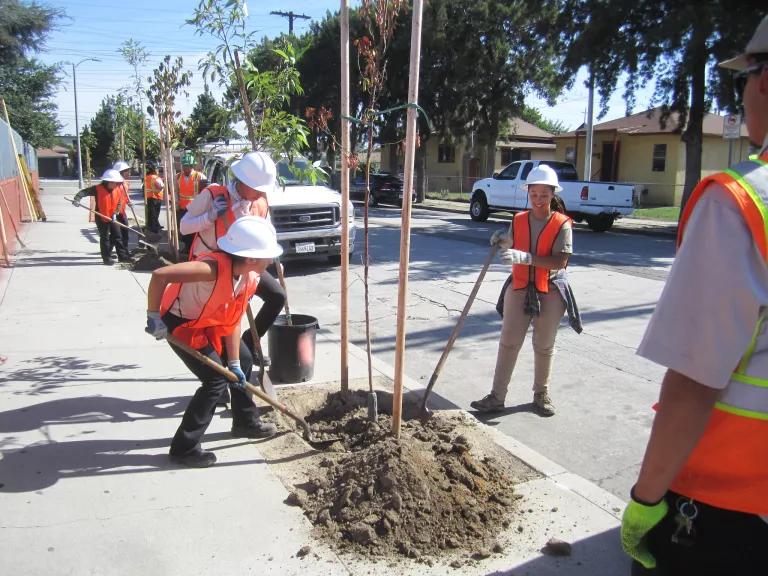
Urban trees can suck carbon out of the air and help protect people from heat
Unfortunately, climate adaptation has been underfunded, incomplete, and, in the words of the Fourth National Climate Assessment, “incommensurate with the projected scale of climate threats.” We need to quickly use the existing progress on climate adaptation as a springboard to much more ambitious heights.
Climate adaptation is part of NRDC’s work—and we want to tell you about it
This blog post is the first in a series, which will use examples from NRDC’s work to paint a more detailed picture of what adaptation looks like and how it helps us achieve our mission of safeguarding the earth. [Note: The COVID-19 pandemic derailed our original plans for this series. To learn more about our adaptation work, please see our posts on climate and health, floods, and more.]
Solving the climate crisis doesn’t mean just reducing pollution or just taking adaptive measures. It means doing both—with the urgency and courage this moment deserves.

